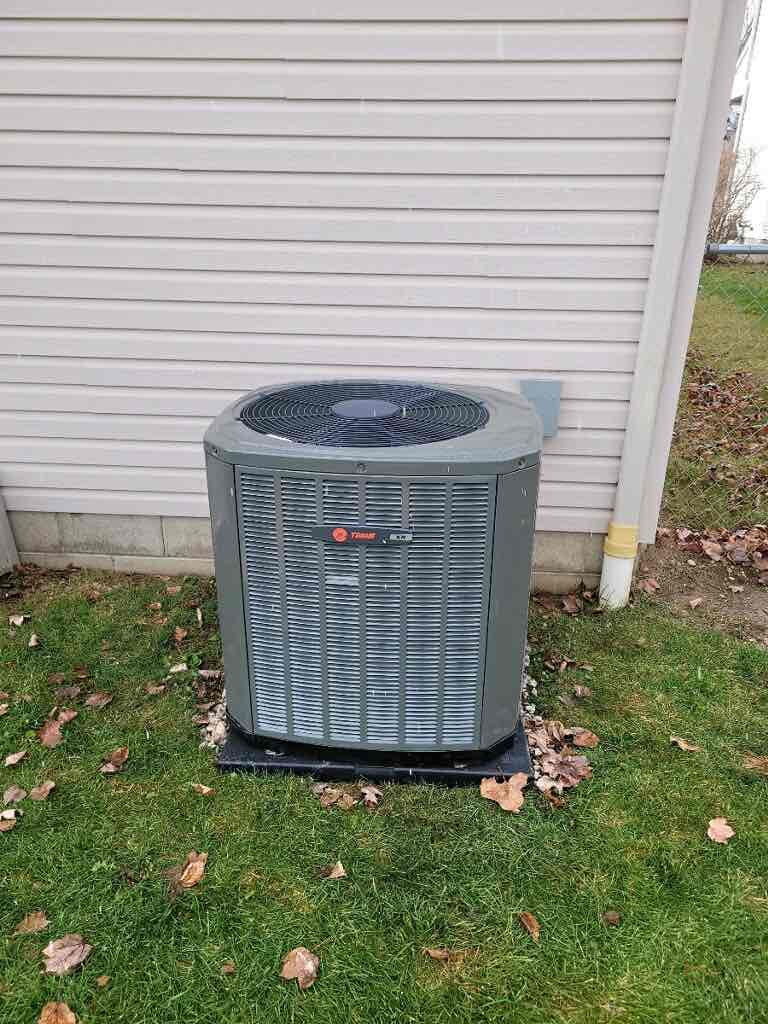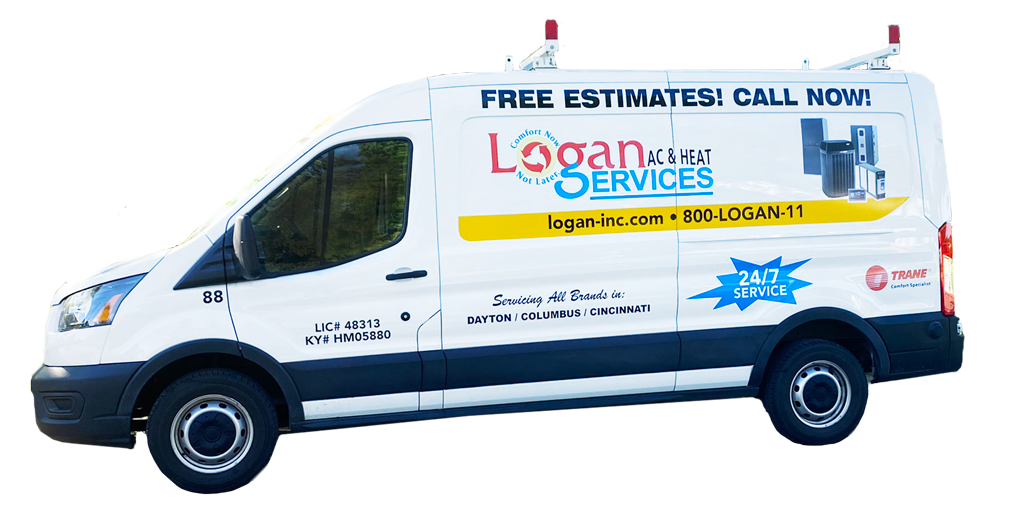Purchasing a new air conditioner is an important decision that requires careful consideration of your cooling needs, budget, and home size. 2.5 ton AC units can provide efficient cooling for spaces around 1,500 square feet, making it a popular choice for many homes. Follow this guide to choose the ideal 2.5 ton AC unit for your space.
Determine Your Cooling Requirements
The first step in choosing an AC unit is calculating your cooling requirements, measured in British Thermal Units (BTUs). 2.5 ton AC units provide 30,000 BTUs of cooling power. To determine the BTUs needed for your home, start by measuring your home’s total square footage, focusing on just the cooled spaces. Then, multiply that number by 25-30 BTUs per square foot if you live in a moderately warm climate, or 30-35 BTUs per square foot if you live in a hotter climate. Next, add 4,000 BTUs for each room occupant in the home. Finally, factor in any additional BTUs needed for heat-generating appliances like large televisions or computer equipment. For most 1,500-2,500 square foot homes, around 30,000 BTUs of cooling capacity is adequate. If your calculation significantly exceeds 30,000 BTUs, consider sizing up to a 3-ton AC unit.
Consider Efficiency Ratings
When searching for a new AC unit, focus your search on ENERGY STAR-certified models, then compare the SEER ratings. SEER (Seasonal Energy Efficiency Ratio) measures the cooling output during peak operation. Most modern AC units range from 14-18 SEER. The higher the SEER rating, the more energy efficient the unit will be, leading to greater long-term savings on utility bills. Look for a minimum 14 SEER rating, though 15 SEER or higher is optimal for maximum efficiency and cost savings. While a 15 SEER 2.5 ton unit may cost more upfront, it can save over $300 annually on energy bills compared to a less efficient model.
Determine the Right Type
2.5 ton air conditioners come in two main varieties: air conditioner split system units and packaged units. Split air conditioner systems have a separate outdoor condenser and an indoor air handler. This is the most popular type of AC system today. Packaged units combine all components into a single exterior unit. Packaged units are ideal for homes without existing ductwork. In general, split system ACs tend to be more energy efficient and allow for quieter indoor operation. Packaged units are simpler to install and more common on mobile home or commercial applications.
Ensure Proper Size
Once you’ve selected a 2.5 ton cooling capacity, ensuring the AC unit is properly sized for your home is crucial. First, verify the outdoor condenser is large enough to accommodate a 2.5 ton system. Also, make sure the indoor air handler is specifically built for 2.5 tons of cooling power – units that are too small will not provide sufficient airflow. Use HVAC sizing tools to estimate your home’s ductwork needs and make any duct upgrades required to optimize airflow. Improperly sized system components lead to reduced efficiency and comfort.
Look for Key Features
When selecting your 2.5 ton AC unit, seek out models with smart convenience features like: smart thermostats for remote monitoring and control through phone apps; zoned climate control to customize cooling in different areas; advanced filtration systems like HEPA for improved indoor air quality; two-stage compressors for quieter and more efficient operation; and programmable timers to maximize efficiency.
Compare Warranties
Carefully review and compare warranties before purchasing a unit. Look for at least 10 years of coverage on the compressor and 10 years on parts. Better warranties typically indicate a more durable and long-lasting AC unit. You can always opt for extended labor warranties to give you a better peace of mind in case repairs are needed down the road, but they are not required.
Schedule Professional Installation
Always have a new AC unit installed by licensed HVAC professionals. They have the proper training to correctly size, select, and install the ideal system for your home’s needs. They can handle permitting and ensure the unit is properly coded for your area. Attempting a DIY installation often voids warranties and risks safety issues if done improperly. The extra cost of professional installation is well worth it.
The Logan Difference
As a family-owned and operated business, Logan AC and Heat Services takes immense pride in providing the highest quality AC installation and service. Their extensive training program ensures all installers are knowledgeable and experienced with properly fitting 2.5 ton units. They care deeply about customer satisfaction, as evidenced by their diligent communication, pre-installation part checks, and comprehensive post-install walkthroughs. Install managers personally sign off on each job, leveraging their expertise to guarantee seamless AC setup. Logan AC and Heat Services helps homeowners verify warranties to avoid any coverage issues. Through community giveaways and freely helping neighbors in need, Logan AC and Heat Services demonstrates their commitment to serving both customers and community. For AC installation done right the first time by a company that truly cares, Logan AC and Heat Services is the clear choice.
Frequently Asked Questions
What size AC unit do I need for 1,500 sq ft?
A 2-2.5 ton unit is typically recommended for cooling around 1,500 square feet. The right size depends on climate, number of rooms/occupants, and other factors. Use BTU calculators to determine your ideal cooling requirements.
Is 2.5 tons big enough for a house?
For a typical 1,500-2,500 square foot home, a 2.5 ton unit is usually adequate. Larger homes may require a 3-5 ton unit for sufficient cooling. Calculate your home’s total BTUs needed to determine the right size.
Is a 15 SEER AC worth it?
While a 15 SEER unit costs more upfront, it can lead to significant long-term savings from increased efficiency. Upgrading from a 14 SEER to 15 SEER can save over $300 per year on cooling bills for the average home. The higher SEER rating leads to lower operating costs over time.
What is the best AC brand?
Top brands like Trane, Lennox, and Carrier are all excellent options known for quality and reliability. More important than brand is choosing an ENERGY STAR certified unit with proper sizing, efficiency rating, features, and warranty for your needs. Consult HVAC pros for personalized recommendations.
How long do AC units last?
The average lifespan of an AC unit is 15-20 years. Performing regular maintenance like replacing filters and getting annual tune-ups can maximize lifespan. Getting a unit with a good warranty, like 10 years on compressor and 10 years on parts, also ensures coverage in case of early repairs.



















